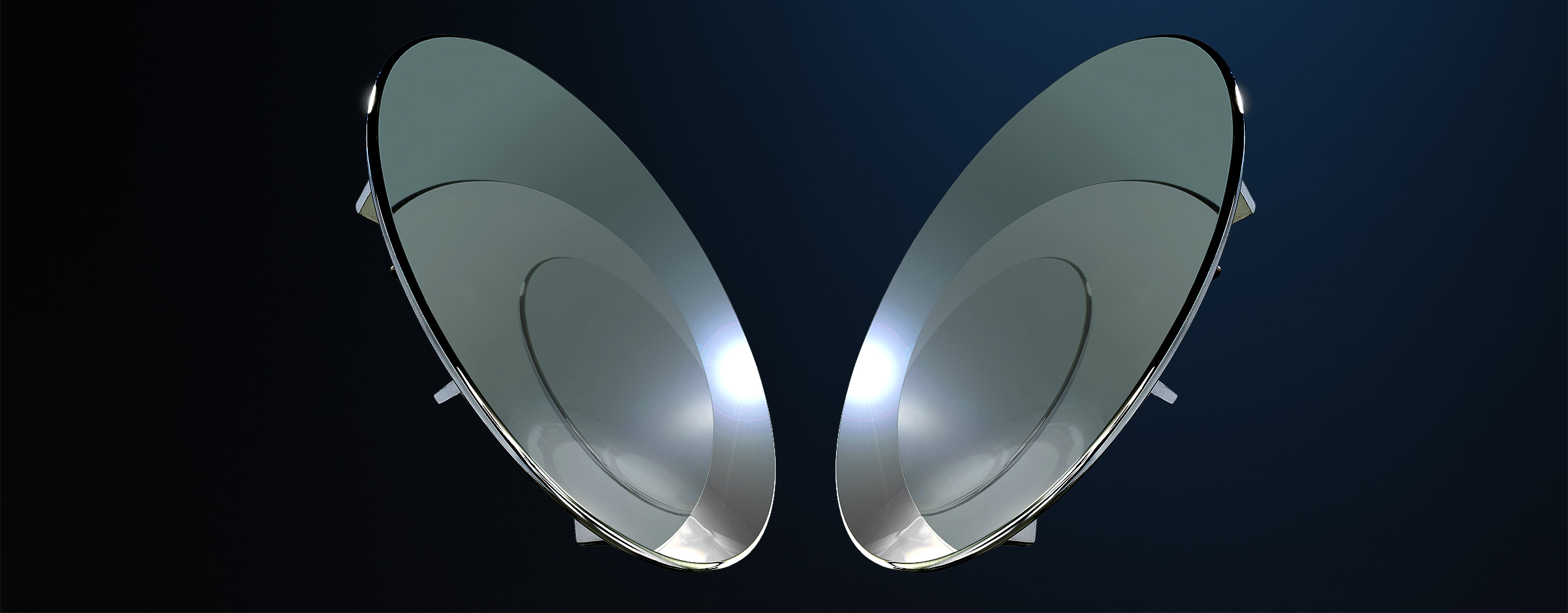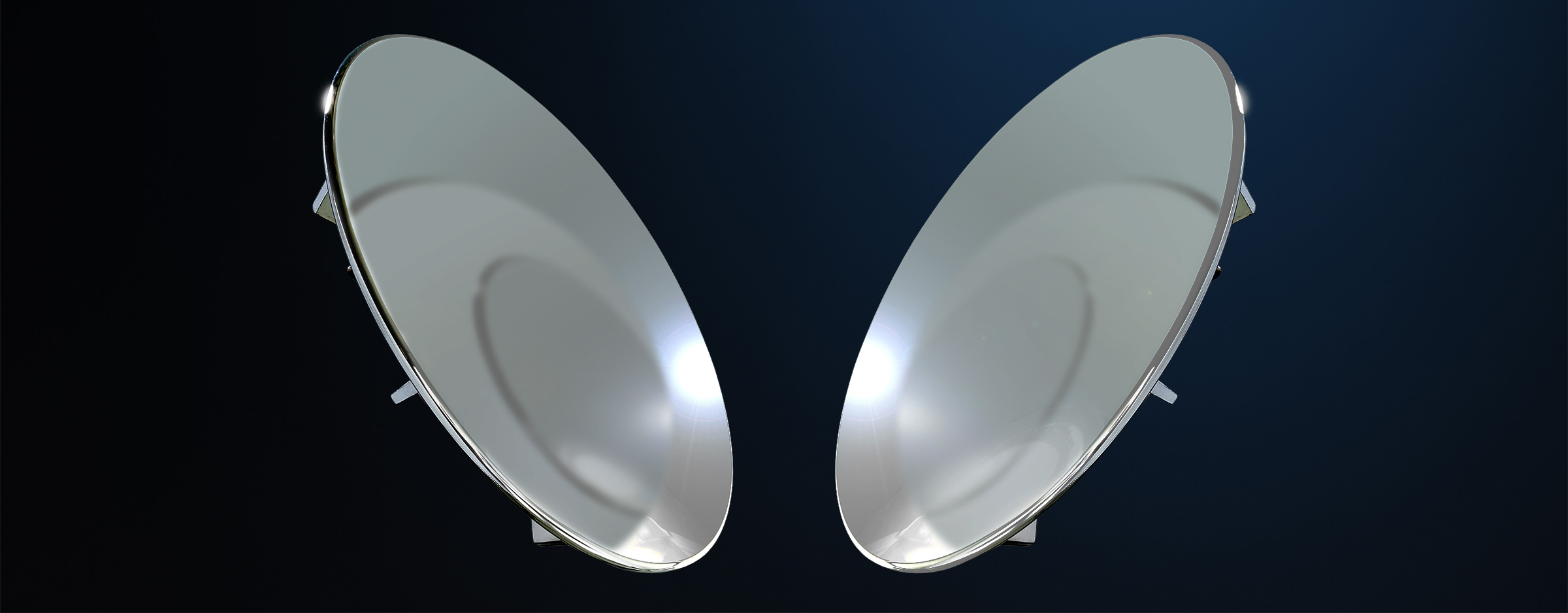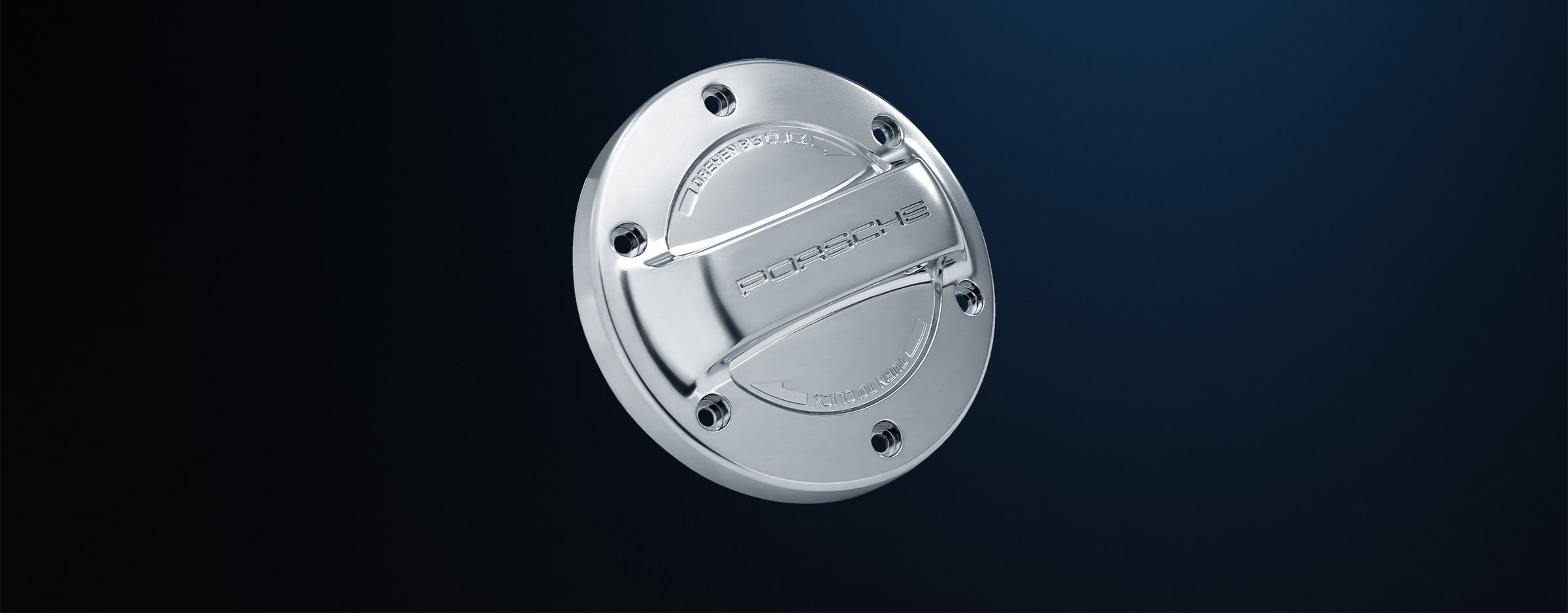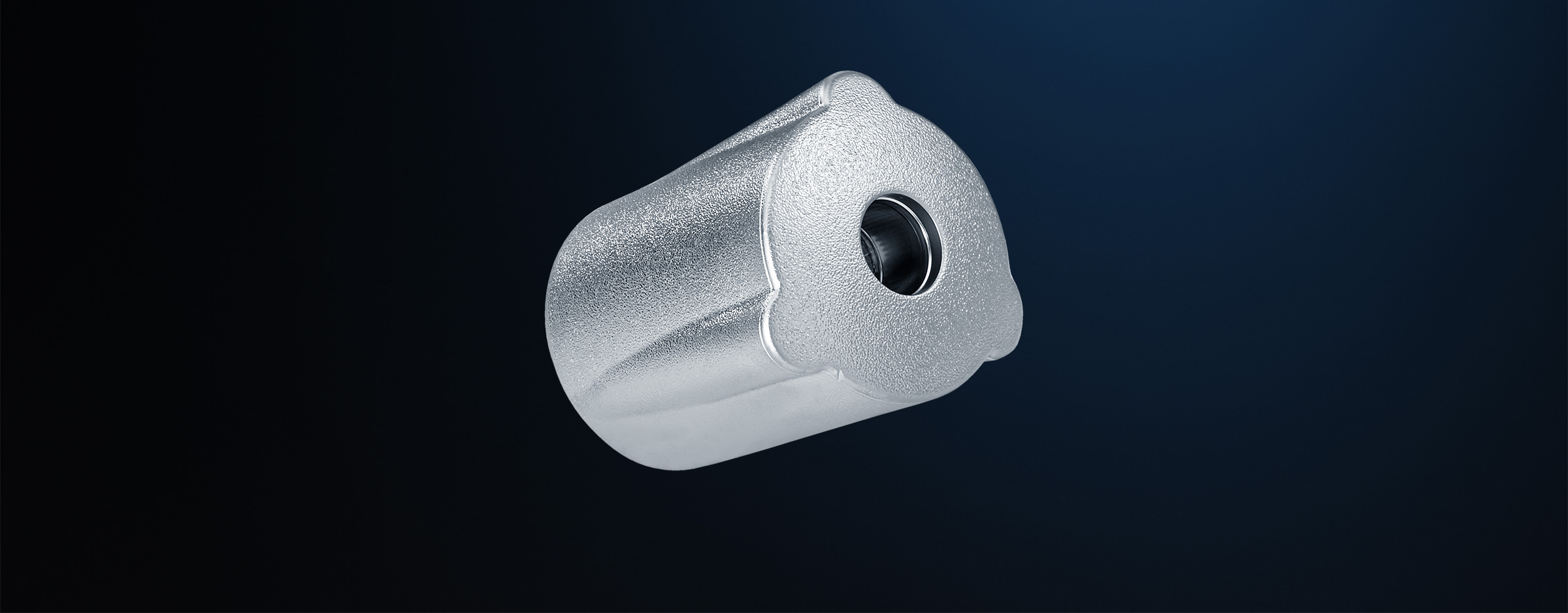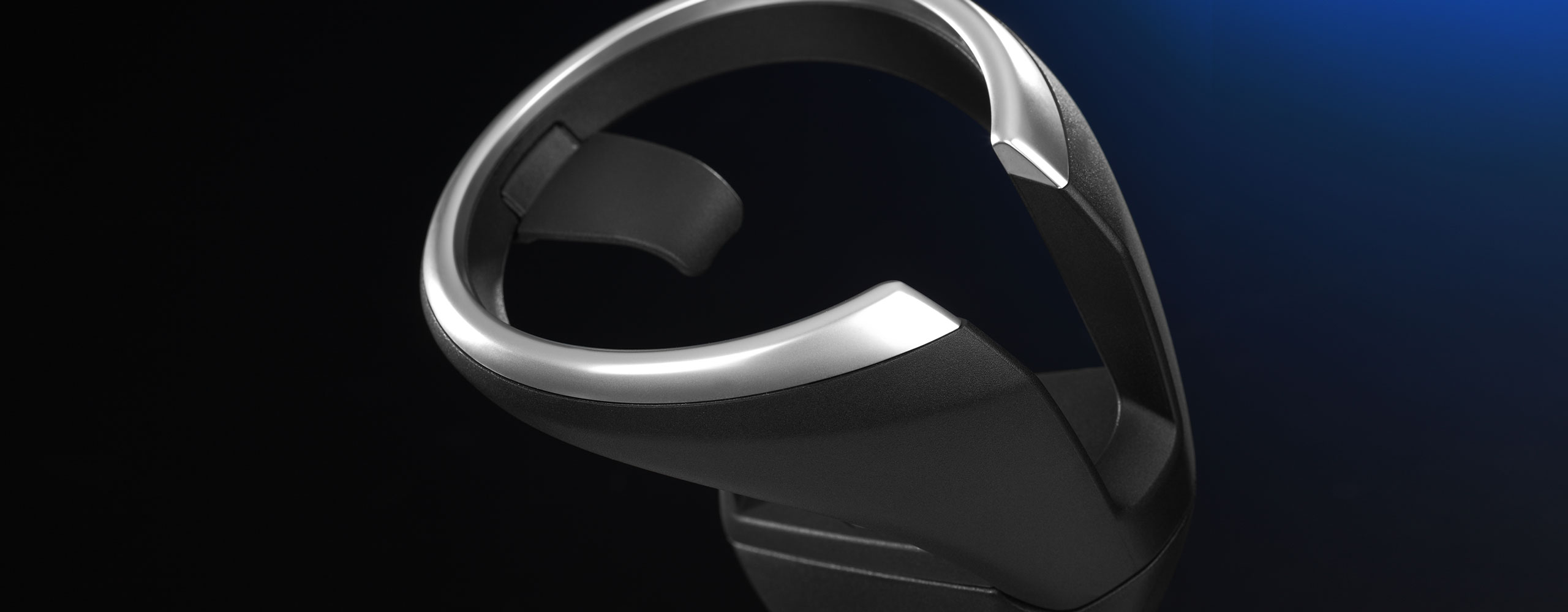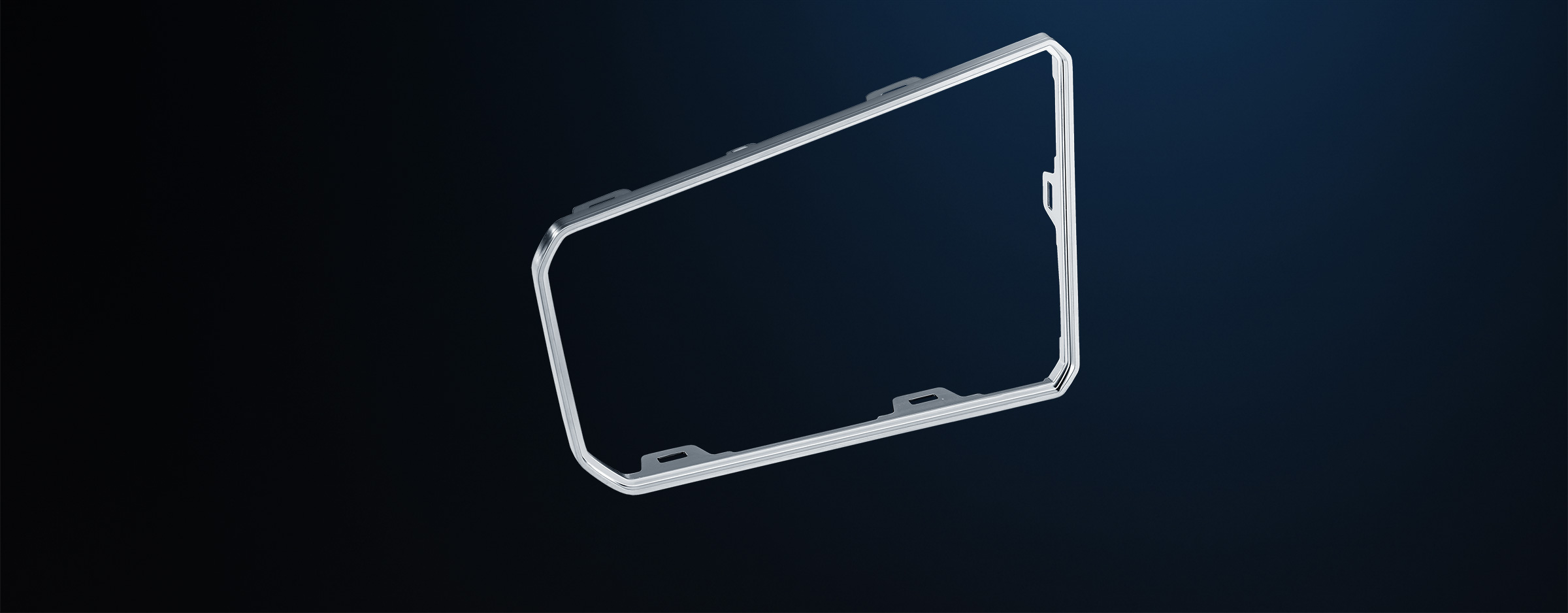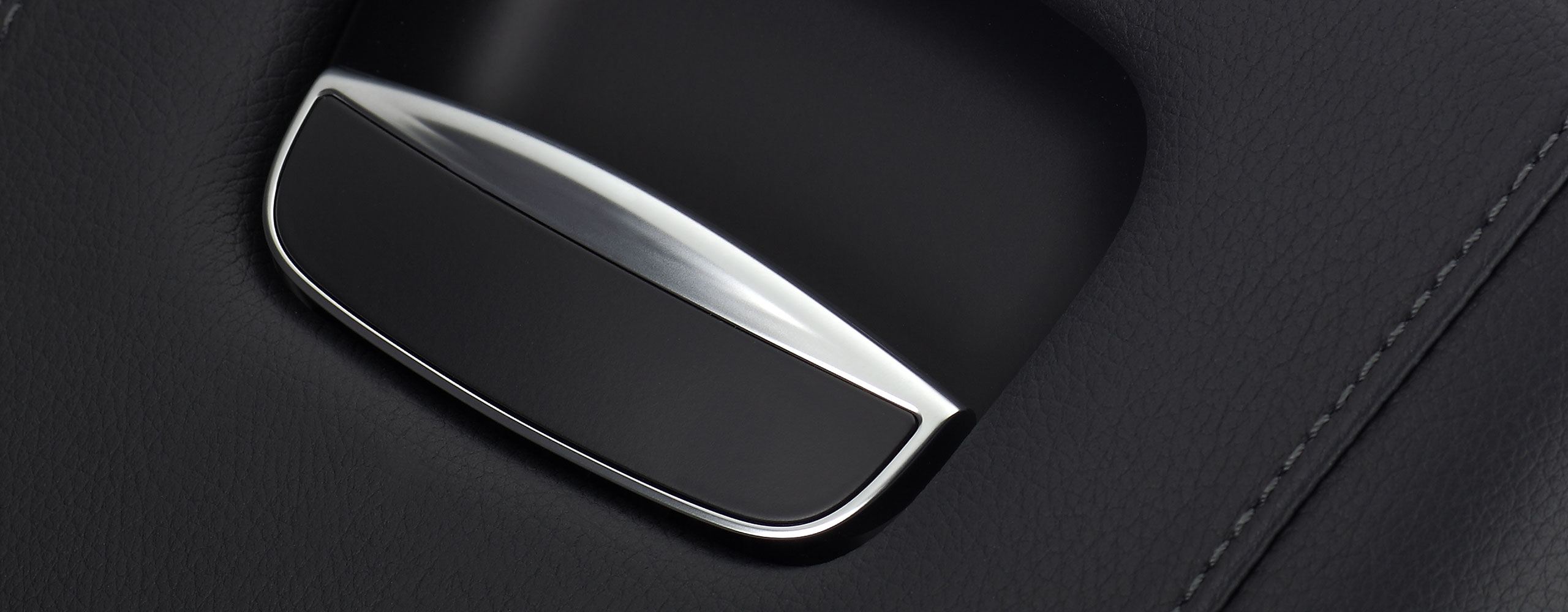Done!

Completely chromium-VI-free production in serial manufacturing
For two years now, we are providing in addition to the conventional practice a chromium-VI-free final layer that already now complies with the REACH regulation that will come into force in 2024.
During the 2nd quarter of 2021, we were able to integrate a chromium VI-free pickling process into our production line, in addition to our classical pretreatment. This means, we are currently able to convert a certain production rate to completely chromium-VI-free production.
Beside our previous process, we have from now on the skill of chrome plating the following plastics without the use of chromium VI:
- ABS, ABS / PC T45, ABS / PC T65
- PA 6 (glass fiber / glass ball or mineral material filled)
In parallel, we were able to finish the development of a chromium-VI-free pretreatment for multi-component systems in the laboratory. Even before the end of 2022, the implementation of this in-house innovation is target in the series process.
Thus, you will even prospectively obtain high-quality chrome-plated plastic parts, which do not differ in appearance or quality from articles of a chromium VI process and which are manufacture in an environmentally friendly process.
traditional > pioneering > pioneering > sustainable
Do you like to learn more?
Please, give us a call!
Dark Chrome - a noble surface in a dark, stylish look
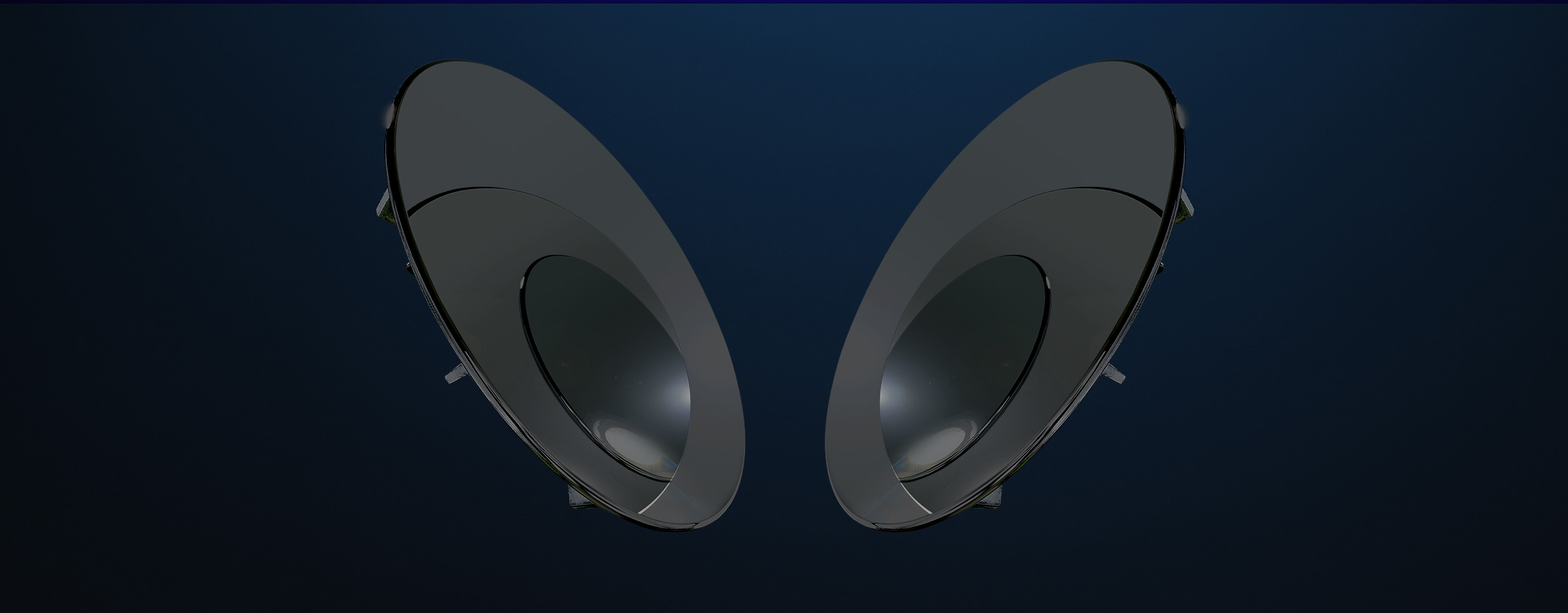
A must-have for individual requirements - whether in the automotive, household or sanitary sector.
This elegant, high-quality chrome design refines all kinds of equipment and fascinates with a wide range of combination options.
Like all other final layers produced in our factory, also the Dark Chrome surface is applied in parallel to the ongoing production process.
Plastic processing and plastic finishing at the highest level
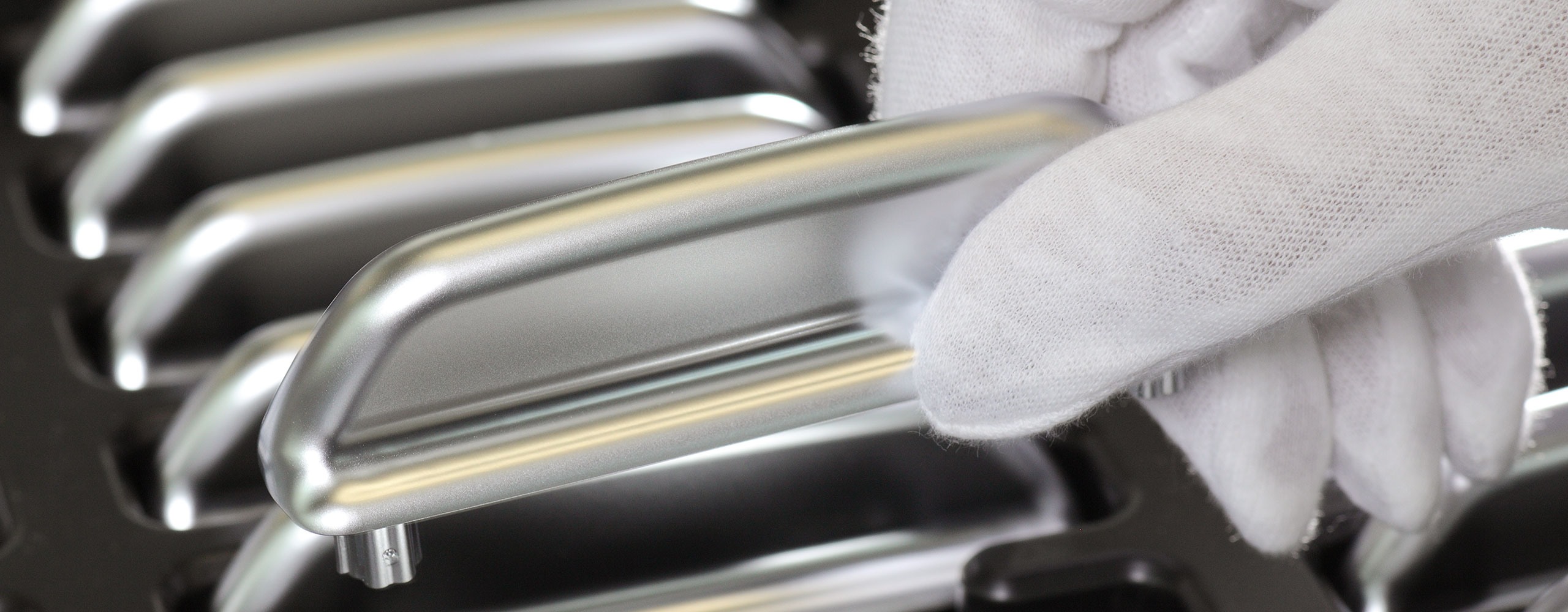
In the beginning, the firm of Friedr. Keim, founded in 1920, was a processor of metal surfaces. In 1964, our company was one of the first electroplating firms to introduce the electroplating of plastic materials. This repositioning of the company was made possible by in-house developments as well as by national and international cooperation.
The on-going development of the original process now allows all sectors of industry to benefit from the use of an extremely wide range of electroplated layers.
Our company is certified according to ISO 9001:2015 and ISO 14001:2015.
A comprehensive management system also integrates the energy management certified according to ISO 50001: 2018.
Standards:
- Computer-supported production machinery
- Individual production control
- Chemical monitoring and development
- Standard and special plastics
- Quality standard according to ISO 9001:2015
Information about plastic electroplating
In a modern, highly automated production process, components made of ABS, ABS-PC or polyamide are galvanized in our plastic electroplating equipment. As part of the plastic’s surface finishing metal layers are applied which realize a high-quality decorative appearance and also have a positive effect on qualitative aspects (scratch resistance, UV resistance, electrical disturbance shielding and heat distortion resistance).
Below is a simplified process description of plastic plating.
Putting on racks
Prior to the real electroplating process, the plastic blanks are fastened (attached) to racks particularly article-made. These racks are completely automated submitted to the plastic electroplating process. Now the galvanization itself begins.
Etchant and electrochemical reduction
Etching is the first step in the chrome plating of plastics. Here, the butadiene of the ABS or ABS/PC is selectively removed by an oxidative treatment. This creates a cavern structure in the surface of the component.
Activation
Palladium-tin chloride colloids are encased the generated cavern structure. The tin chloride serves as a protective shell for the colloidal palladium.
Accelerator
In order to activate the palladium colloid for the electroplating, the tin is now dissolved out of the colloid. The exposed palladium colloids are now ready for the first metallic coating. And this only makes the chrome plating of plastic parts possible.
Electroless nickel plating
Electroless nickel plating is the first metallic, adherent and conductive layer on the pre-treated plastic. The deposition of this layer is made without external power source and thus 100% evenly distributed over the entire plastic surface.
Pre-copper
The treatment of the surface in pre-copper results in a charge exchange and the deposition of a monomolecular copper layer. This increases the surface conductivity.
Sour copper
Sour copper produces a high-gloss, planed and ductile copper layer. The levelling compensates minimal surface irregularities. The good ductility ensures a voltage balance between plastic and nickel.
Semi-bright nickel
This provides the basis for the 3-stage nickel corrosion protection system. The semi-bright nickel is the noblest and therefore most corrosion resistant layer.
Bright nickel
The high-gloss nickel layer is ductile and low-tension. It is the 2nd stage of the nickel corrosion protection system. Between bright and semi-bright nickel layer, a potential difference of 120 mV is set in order to guarantee the corrosion resistance. Bright nickel is the basis for the bright chrome plating.
Matt nickel
Noble matt nickel systems generate matt effects, as e.g. requested by the automotive industry. These are an alternative to bright nickel and serve in combination with the chrome layer as a finish for a matt appearance (matt chrome, pearlescent chrome, aluminum look, 3Q7).
High-gloss chroming
In chrome plating, the chromium layer finalize the coating system. It is solid, wear-resistant and gives the surface a particularly noble high-gloss appearance, the classic glossy chrome. The deposition from the chromium electrolyte is accomplished on the bright nickel layer.
Matt chroming
In combination with nickel precious matt a premium matt finish of the surface is achieved. The surface is also solid and wear resistant.
The chromium layer can be deposited from chromium VI electrolytes or alternatively from chromium III electrolytes. KEIM applies both methods. The plastic electroplating with chromium 3 is followed by a passivation of the chromed parts. This serves the improvement of corrosion resistance. Thus, items that are trivalent chromed, reach the same quality level of hexagonal chrome-plated plastic parts.
After chrome plating, the galvanized plastic parts are dried. The goods are automatically removed from the process; extracted from the racks, 100 % checked acc. to specified criteria and packed and finally dispatched to the customer.
